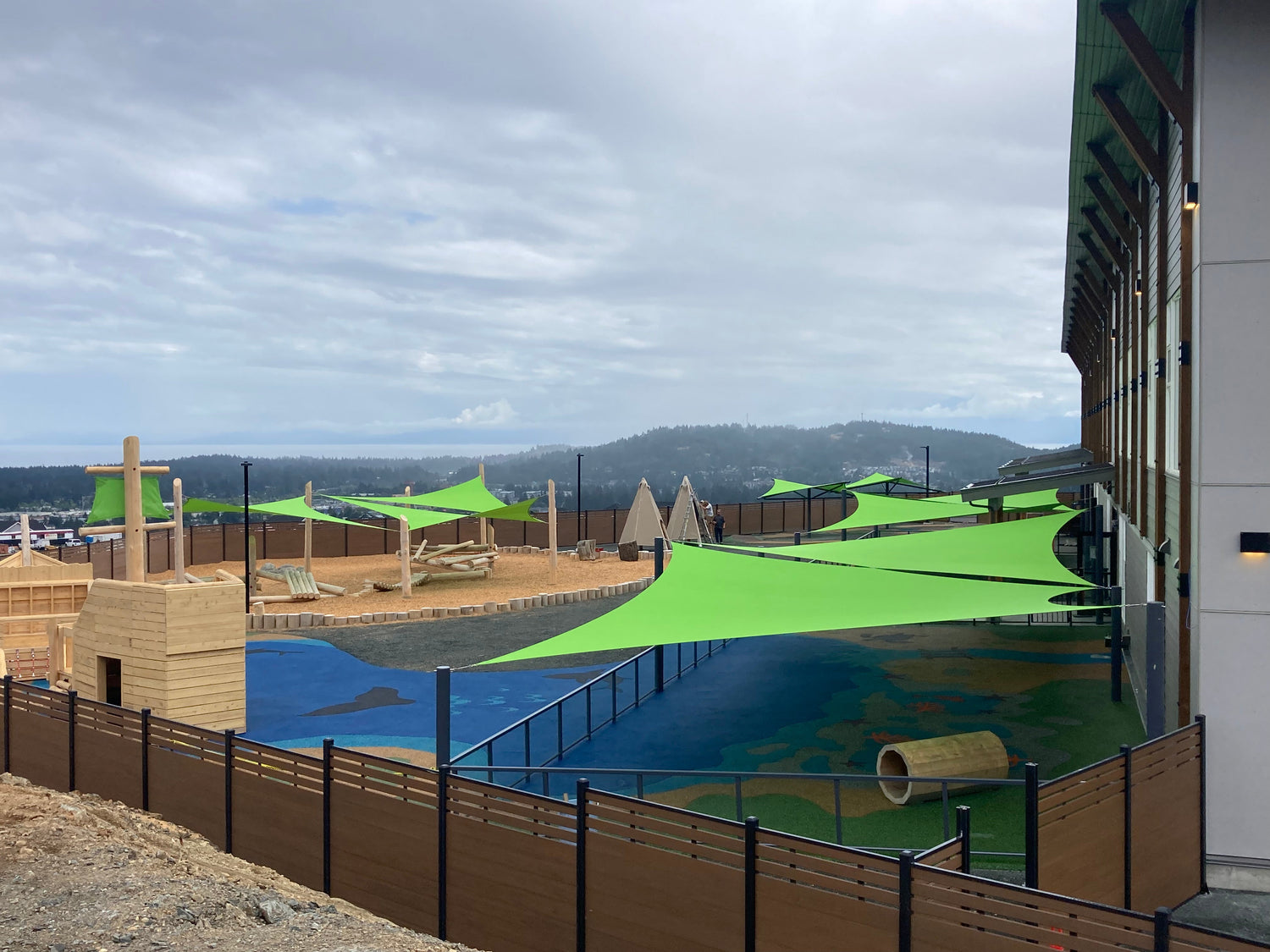Our YouTube channel includes detailed installation guides, frequently asked questions, product overviews and lots more. We are always open to content ideas so please let us know if there is a topic you would like us to cover.
5 Reasons to Choose Tensile Structures for Your Next Commercial Project

When embarking on new commercial ventures, innovative architectural solutions can make a significant difference. One such forward-thinking choice is incorporating tensile structures into your plans. Known for their strength, flexibility, and striking design potential, these structures are increasingly popular across many commercial sectors. In this article, we’ll explore 5 reasons to choose tensile structures for your next commercial project — from cost-effectiveness to sustainability — and answer some common questions about why they’re a smart investment.
1. Cost-Effective Construction
Tensile structures require fewer materials than traditional construction methods, which leads to significant cost savings. Their lightweight design reduces material and labor costs, lowering both initial build expenses and ongoing maintenance.
With tensile structures, you can achieve a bold architectural statement at a fraction of the price of conventional builds. In fact, studies show they can reduce total project costs by 30–50%, making them ideal for budget-conscious developments.
2. Durability and Strength
Despite their lightweight appearance, tensile structures are engineered for long-term performance and durability. Made from advanced materials like PTFE-coated fiberglass and ETFE film, they withstand heavy snow, strong winds, and intense UV exposure without compromising structural integrity or visual appeal.
These materials also require minimal maintenance, giving you a resilient, long-lasting solution that stands the test of time.

3. Architectural Flexibility
One of the most exciting features of tensile structures is their unmatched design flexibility. Architects can create dynamic, fluid shapes that elevate the visual identity of any project — from shopping malls and sports arenas to resorts and transit hubs.
Whether you choose a custom design or a pre-engineered model, tensile structures make it possible to deliver unique architectural expressions that stand out in competitive markets.
4. Sustainable Design
Tensile structures align perfectly with modern sustainability goals. Their eco-friendly materials and efficient construction methods reduce environmental impact while supporting green building standards.
-
Lightweight components lower transportation emissions.
-
Many materials are recyclable or reusable.
-
Their translucent properties allow natural light to pass through, reducing energy usage for lighting.
By choosing tensile structures, you demonstrate a commitment to sustainability that can attract environmentally conscious clients and customers.
5. Quick Installation
Speed is another key advantage. Prefabricated components make tensile structures much faster to assemble than traditional builds — often cutting construction time by up to 50%.
Faster installation means less disruption, quicker project delivery, and earlier revenue generation — all without compromising on quality or design.

FAQ: Tensile Structures in Commercial Projects
What materials are tensile structures made from?
Most tensile structures use advanced materials like PTFE-coated fiberglass, PVC, or ETFE film, known for their strength, flexibility, and longevity.
How long do tensile structures last?
With proper maintenance, tensile structures can last 30 years or more, making them a dependable long-term investment.
Are they weather-resistant?
Yes. They’re designed to withstand heavy snow, strong winds, and UV exposure while maintaining structural integrity and appearance.
What types of projects benefit most from tensile structures?
They’re ideal for sports venues, retail spaces, event centers, transportation hubs, and corporate buildings — anywhere durability, flexibility, and visual appeal are priorities.
Conclusion
As commercial architecture evolves, tensile structures stand out as one of the most versatile and forward-looking building solutions available today. From affordability and durability to design freedom, sustainability, and speed, these innovative systems offer clear advantages for businesses of all types.
By embracing 5 reasons to choose tensile structures for your next commercial project, you can create a visually striking, long-lasting, and environmentally responsible space that meets modern demands and exceeds expectations.



